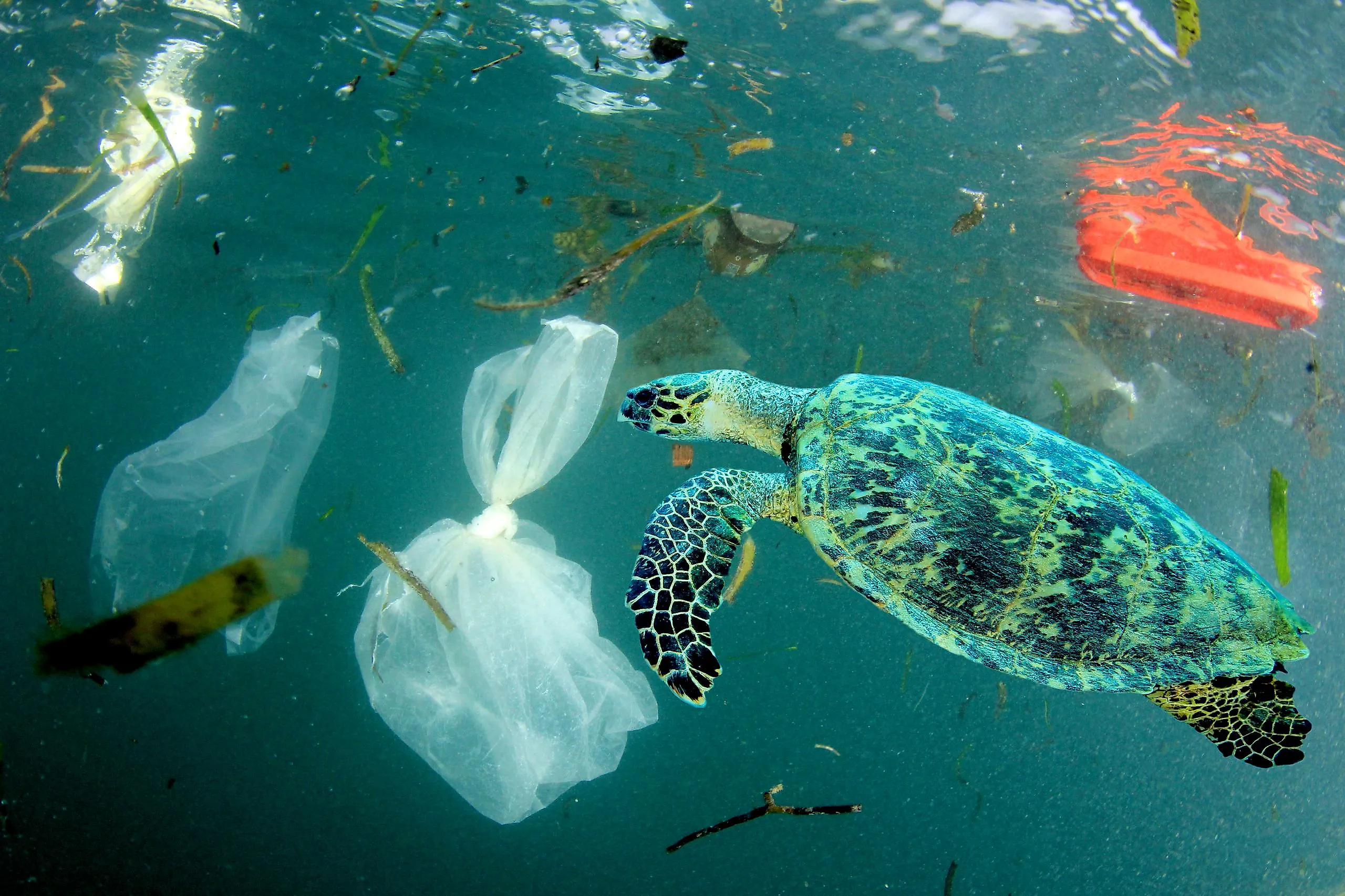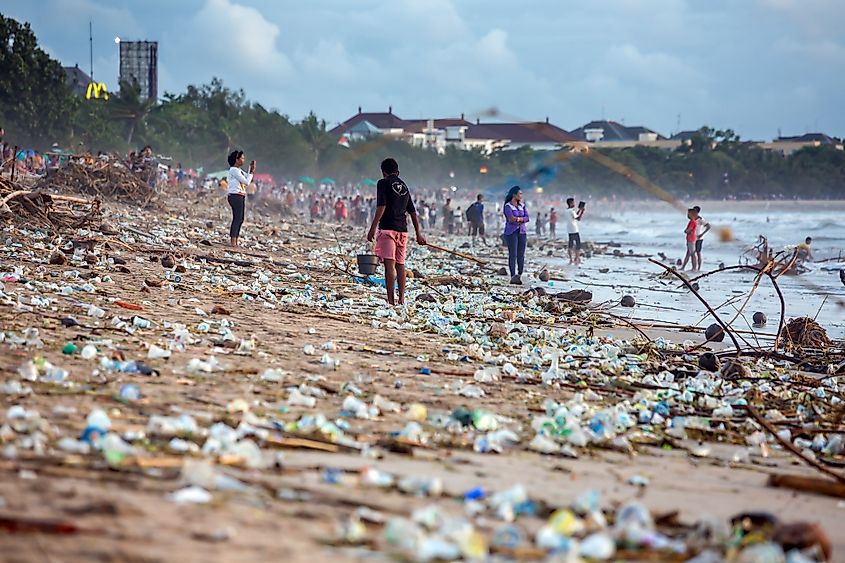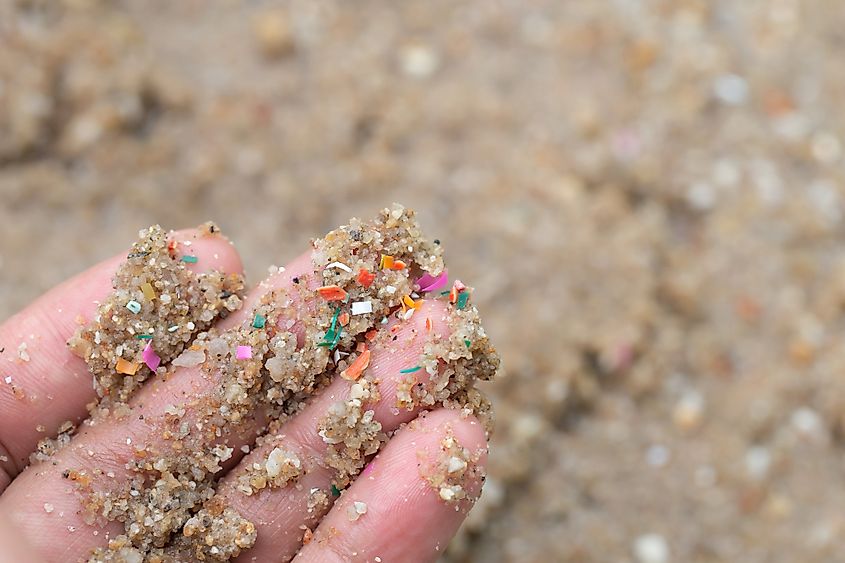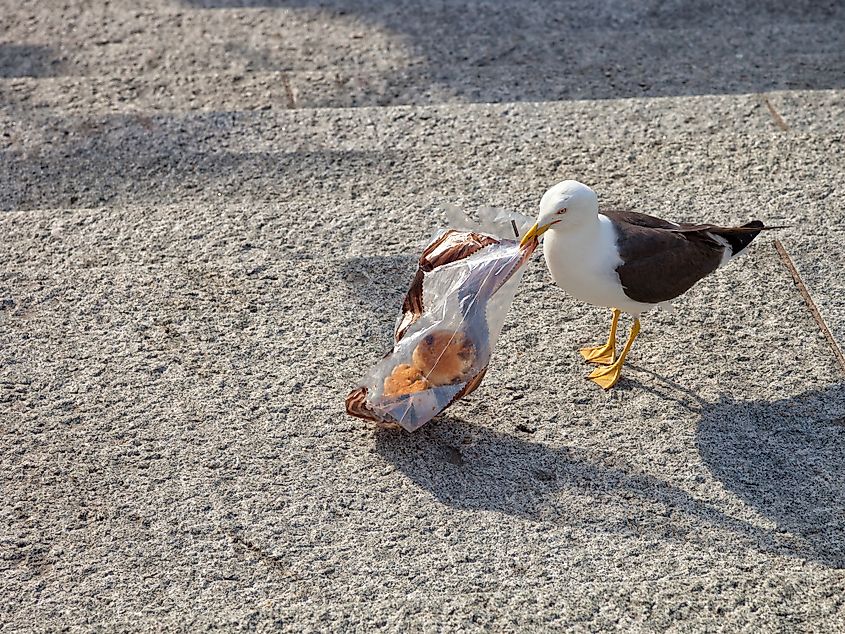
How Much Plastic Is In The Ocean?
According to some estimates, the oceans, which contain 97% of the world's water, keep Earth alive. Over a billion people rely on it as their primary source of protein, and we depend on it to control our climate and absorb CO2. It is believed that a large portion of plastic garbage that does not go to a landfill or other means of waste disposal ends up in the ocean. A major issue harming the maritime ecosystem is plastic pollution. It endangers the health of the ocean, marine wildlife, human health, food safety and quality, and coastal tourism, and it causes climate change.

How Much Plastic Is In The Ocean?
Although it can be difficult to estimate the exact amount of plastic in the ocean, the largest study to date estimates that there are 5 trillion particles of plastic floating in the water. Massive amounts of plastic have collected across the ocean, even in deep-sea regions that were once believed to be undisturbed by people.
| Ocean Region | Estimated Plastic (in pieces) |
|---|---|
|
North Pacific |
2 trillion |
|
Indian |
1.3 trillion |
|
North Atlantic |
930 billion |
|
South Pacific |
491 billion |
|
South Atlantic |
297 billion |
The amount of plastic pollution in our oceans weighs as much as 268,000 tons, or 38,000 African elephants. The plastic was divided into three sizes by ocean researcher Marcus Eriksen and his team: microplastics (4.75 millimeters and less), meso plastics (4.75 to 200mm), and macro plastics (over 200mm). By 2040, 29 million metric tons of plastic rubbish are anticipated to enter the oceans each year, nearly tripling today's level.
How Does Plastic End Up In The Ocean?

The plastic you discard can end up in the ocean, even if you live hundreds of miles from the shore. Once in the ocean, plastic breaks down very slowly, forming microscopic fragments known as microplastics that can enter the marine food chain and do a great deal of harm to marine species. Around 80% of the plastic pollution in the world is estimated to come from land use, and 20% from marine-going vessels. The plastic is largely scarcely discernible. The minuscule beads used in cosmetic products like toothpaste and face washes are among the most popular ones. Additionally, the plastic you throw away ends up in a landfill. Plastic is frequently blown away when the trash is being delivered to landfills because it is so light. From there, it may eventually clog drains and infiltrate rivers and the sea this way.
How Does It Affect The Wildlife?
At least 800 species are reportedly impacted by marine waste worldwide, and up to 80% of that trash is plastic, according to the United Nations. In addition to piling up in the oceans, plastic is the material that does the most harm to marine life. Fish, seabirds, and marine animals are injured or killed by plastic trash in the ocean. Globally, marine plastic pollution has had an impact on at least 267 species, including 86% of all sea turtle species, 44% of all seabird species, and 43% of all mammalian species.

Due to the pervasive plastic pollution on many beaches, there is a decrease in turtle reproduction rates due to the altered sand temperature where incubation occurs. Additionally, plastic garbage kills up to a million seabirds yearly. Like sea turtles, seabirds consume plastic, it occupies space in their stomachs and can occasionally result in malnutrition. Numerous seabirds are discovered deceased with this material still in their stomachs. Scientists predict that by 2050, 99% of all seabird species will have consumed plastic, up from the current estimate of 60%.
In the end, it's about us. Whether we intend to litter or not, there is always a danger that the plastic we discard will end up in the sea. By 2050, scientists project that the weight of ocean plastics will be more than the total weight of all fish in the seas unless immediate action is made to address this important issue. Small steps lead to big changes, and each of us can change the world.











